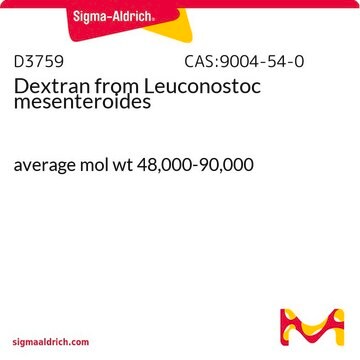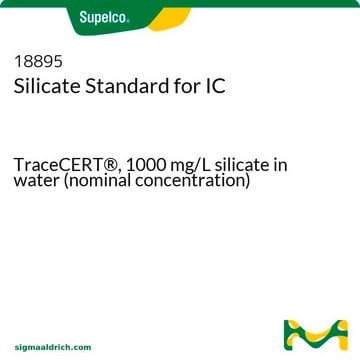I1625
3-Indoleacrylic acid
powder
Synonyme(s) :
3-(3-Indolyl)acrylic acid, IAA
Sélectionner une taille de conditionnement
307,00 €
Sélectionner une taille de conditionnement
About This Item
307,00 €
Produits recommandés
Qualité
Molecular Biology
for molecular biology
Essai
≥98.0% (HPLC)
≥98.0% (TLC)
Forme
powder
Poids mol.
187.19 g/mol
Température de stockage
room temp
Chaîne SMILES
OC(=O)\C=C\c1c[nH]c2ccccc12
InChI
1S/C11H9NO2/c13-11(14)6-5-8-7-12-10-4-2-1-3-9(8)10/h1-7,12H,(H,13,14)/b6-5+
Clé InChI
PLVPPLCLBIEYEA-AATRIKPKSA-N
Vous recherchez des produits similaires ? Visite Guide de comparaison des produits
Description générale
Application
Actions biochimiques/physiologiques
Produit(s) apparenté(s)
Mention d'avertissement
Warning
Mentions de danger
Conseils de prudence
Classification des risques
Eye Irrit. 2 - Skin Irrit. 2 - STOT SE 3
Organes cibles
Respiratory system
Code de la classe de stockage
11 - Combustible Solids
Classe de danger pour l'eau (WGK)
WGK 3
Point d'éclair (°F)
Not applicable
Point d'éclair (°C)
Not applicable
Équipement de protection individuelle
dust mask type N95 (US), Eyeshields, Gloves
Faites votre choix parmi les versions les plus récentes :
Déjà en possession de ce produit ?
Retrouvez la documentation relative aux produits que vous avez récemment achetés dans la Bibliothèque de documents.
Les clients ont également consulté
Active Filters
Notre équipe de scientifiques dispose d'une expérience dans tous les secteurs de la recherche, notamment en sciences de la vie, science des matériaux, synthèse chimique, chromatographie, analyse et dans de nombreux autres domaines..
Contacter notre Service technique














